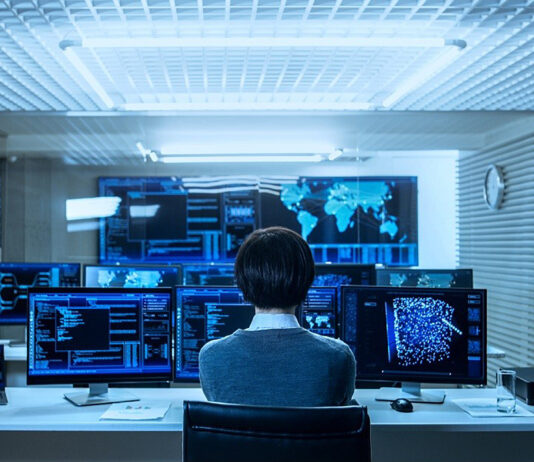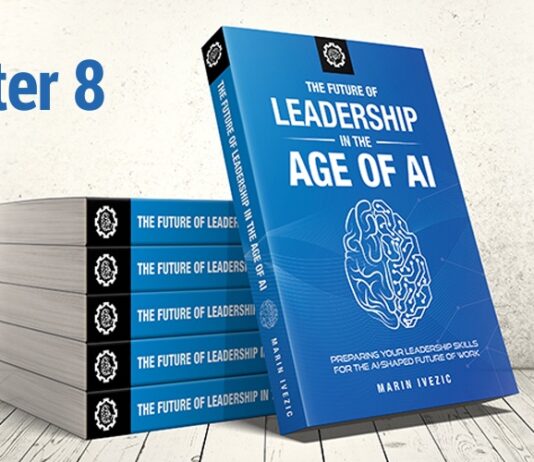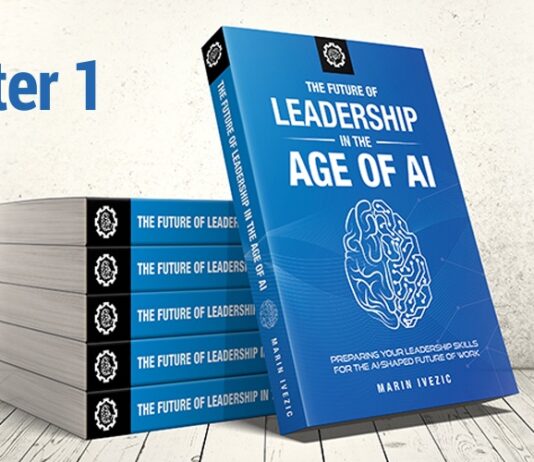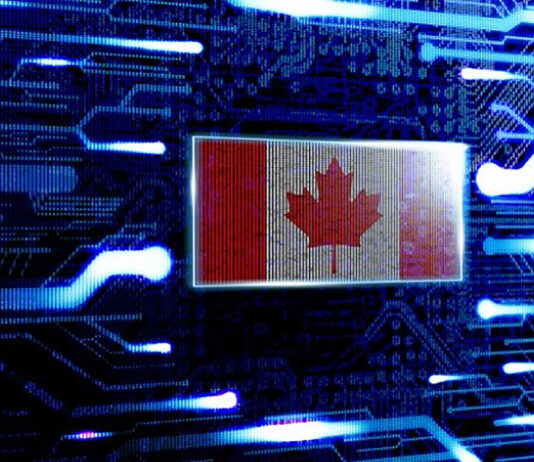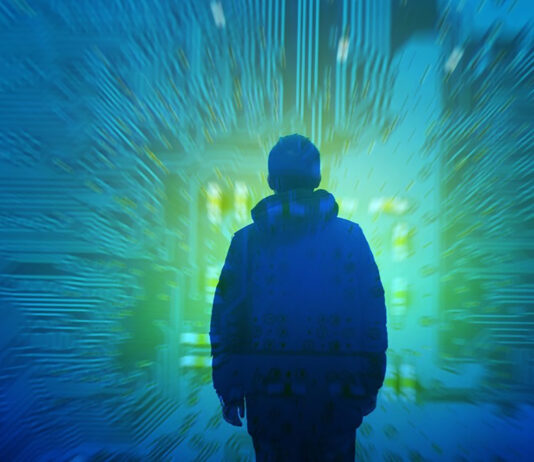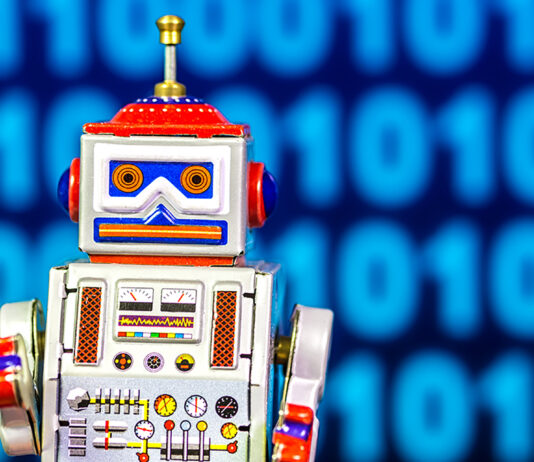Cybersecurity strategies need to change in order to address the new issues that Machine Learning (ML) and Artificial Intelligence (AI) bring into the equation. Although those issues have not yet reached crisis stage, signs are clear that they will need to be addressed – and soon – if cyberattackers are to be prevented from obtaining a decided advantage in the continuing arms race between hackers and those who keep organizations’ systems secure.
ML and AI can magnify existing vulnerabilities and open the door to new attack strategies. At the same time, though, they offer new tools to help organizations secure...
To remain competitive, organizations will increasingly have to innovate. As the speed of innovation increases, disrupting whole sectors, competitive intelligence, market intelligence even a bit of futurism will become essential skills.
Leaders will have to stay informed not only of macro trends in their industry but also in technology in general. And they will have to do more than merely report their findings to appropriate people higher in the organization. AI can easily do that. Instead, they will also have to develop a sense for how those trends could impact their organization, so they can assess how to get the...
It’s almost impossible to turn around nowadays without finding another article predicting the impact that AI and other emerging technologies – the so-called Fourth Industrial Revolution – will have on our future. It’s one of the hottest topics being discussed by forward-thinking business leaders today. And well it should be. The fact that we are on the cusp of dramatic change in how business, workplaces and our very lives are carried out is inescapable.
Some writers picture a utopia where humankind is freed from manual labor, where machines do all the work and all people receive a universal basic income...
As IoT adoption continues to proliferate, manufactures and adopters are increasingly aware of cybersecurity risks to IoT. Yet, even among the IoT security professionals, one significant potential remote attack vector is often overlooked: intentional electromagnetic interference (IEMI).
Electromagnetic interference (EMI) surrounds us – natural causes, such as solar flares and lightning; and man-made sources such as radio and TV broadcasting, radars, microwaves and many others all emit electromagnetic waves that could disrupt operation of electrical and electronic devices. That is, if devices wouldn’t comply with numerous electromagnetic compatibility (EMC) standards which ensure correct operation in common electromagnetic environment and resilience...
Canada’s rankings in innovation has lagged that of other peer nations for decades despite government efforts to address this issue. Considering its success in developing research programs at its universities, its mediocre rankings overall in technology development is disappointing. Those programs alone have not been enough to translate into entrepreneurial innovation.
A 2017 C.D. Howe Institute study points out that, even though Canadians have been at the forefront of breakthroughs in emerging technologies, in many cases, the chief beneficiaries of those breakthroughs have been other nations’ economies. Canada needs to take a stronger role in building an environment in which...
Targeted cyberattacks against critical infrastructure (CI) are increasing on a global scale. Critical systems are rapidly being connected to the internet, affording attackers opportunities to target virtual systems that operate and monitor physical structures and physical processes through various modes of cyberattack.
When people think of cyberattacks, their minds often go first to the financial sector. After all, that’s the type of attack people hear about most frequently; it’s where the money is and it’s what seems most natural for cybercriminals to target. Enterprises frequently focus on such cyber-enabled financial crimes to the point that they give too little thought...
If you’ve read the many predictions about the future of AI, you’ve likely found them to be wildly different. They range from AI spelling doom for humanity, to AI ushering in Golden Age of peace, harmony and culture, to AI producing barely a blip on society’s path toward ever-greater technological achievement.
Those three views – dystopian, utopian and organic – present issues we need to consider as we move deeper toward an AI-integrated future. Yet they also contain exaggerations and false assumptions that we need to separate from reality.
The Dystopian View of the AI Future
Those with a dystopian view of...
While Stuxnet is gone, the world now knows what can be accomplished through cyber-kinetic attacks.
As we approach the 10th anniversary of when Stuxnet was (likely) deployed, it is worthwhile to examine the effect it still has on our world. As the world’s first-ever cyberweapon, it opened Pandora’s box. It was the first true cyber-kinetic weapon – and it changed military history and is changing world history, as well. Its impact on the future cannot be overstated.
Stuxnet’s beginnings
Stuxnet is believed to have been conceived jointly by the U.S. and Israel in 2005 or 2006 to cripple Iran’s nuclear weapon development...
In their growing efforts to increase efficiencies through digitization and automation, railways are becoming increasingly vulnerable to cyber-kinetic attacks as they move away from strictly mechanical systems and bespoke standalone systems to digital, open-platform, standardized equipment built using Commercial Off the Shelf (COTS) components.
In addition, the increasing use of networked control and automation systems enable remote access of public and private networks. Finally, the large geographical spread of railway systems, involving multiple providers and even multiple countries, and the vast number of people involved in operating and maintaining those widespread systems offer attackers an almost unlimited number of attack...
As our cities, our transportation, our energy and manufacturing – our everything – increasingly embrace Internet of Things (IoT) and Industrial Controls Systems (ICS), securing its underlying cyber-physical systems (CPS) grows ever more crucial. Yet, even among engineers and cybersecurity specialists, one potential attack trajectory is often overlooked: Intentional Electromagnetic Interference (IEMI).
ICS and IoT – digital systems that run today’s modern society – rely on changes in electrical charges flowing through physical equipment. Creating the 1s and 0s of which all digital information is composed requires electronic switching processes in circuits. The current used in this process is not...
Giving feedback is hard.
Giving good feedback is even harder.
Giving good feedback across cultures is next to impossible.
On my first Canadian project two decades ago, my Canadian boss "suggested that I think about" doing something in a different manner. So I did. I thought about it, and I decided not to change anything.
Not long afterwards, our Canadian client provided feedback on my first deliverable. I was elated to hear that I had "some original ideas" and that my report was "relatively fine." They concluded with a suggestion that perhaps I "should consider rewording parts of it."
Never the one to go fixing what's...
The maritime industry faces a not-so-distant future when ships will be completely autonomous, using navigation data that they receive to plot their own courses with only minimal input from shoreside control centers. The efficiencies this could bring are massive, but before this happens, cybersecurity issues must be addressed. Not only are many vessels configured in ways that invite cyberattacks, but security practices also need to be improved before the industry can safely navigate its future.
An increasingly digitized maritime industry
A fleet of 250 autonomous vessels may launch soon. And that would be only the beginning, according to McKinsey and Co....
Where AI, robots, IoT and the so-called Fourth Industrial Revolution are taking us, and how we should prepare for it are some of the hottest topics being discussed today. Perhaps the most striking thing about these discussions is how different people’s conclusions are.
Some picture a utopia where machines do all work, where all people receive a universal basic income from the revenues machines generate and where, being freed from a need to work for wages, all people devote their time to altruism, art and culture. Others picture a dystopia where a tiny elite class uses their control of AI...
Today’s business leadership face a conundrum. Artificial Intelligence (AI) unquestionably will play an enormous role in the future of their organizations and the business environment in which they operate, but what effects will it have? Prognosticators have wildly different visions of the future it will create, ranging from causing the extinction of humanity to ushering in a Golden Age in which machines provide all humanity’s needs and free us to focus on altruistic service to one another and the advancement of human culture.
Both of these most commonly heard predictions are based on assumptions that lead to wild speculation that...
Stuxnet was the first true cyber-kinetic weapon, designed to cripple the Iranian – and perhaps also the North Korean – nuclear weapon programs. It succeeded in slowing the Iranian program, although it was discovered before it could deal the program a fatal blow.
Its significance goes far beyond what it did. It marks a clear turning point in the military history and cybersecurity. Its developers hoped for a weapon that could destroy strategic targets without civilian damage possible in traditional warfare. Instead, it opened the door to cyberattacks that can deliver widespread disruption to the very civilian populations it was...



